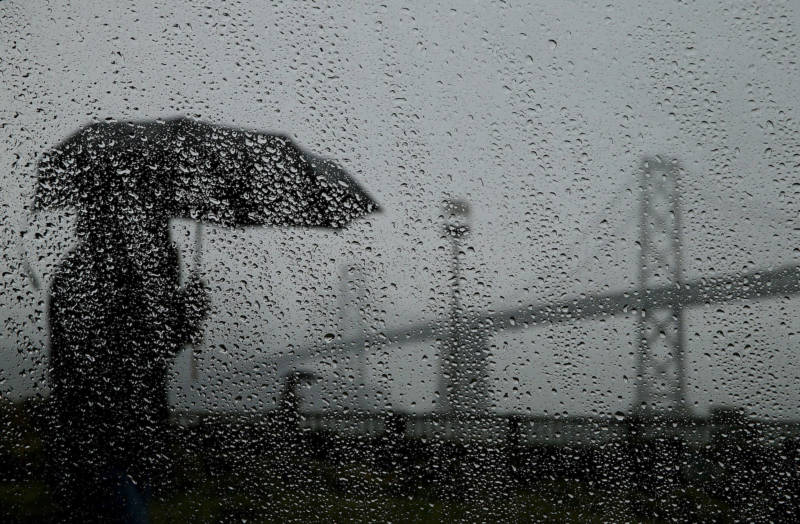The storms known as “atmospheric rivers” are make-or-break events for California’s water supply.
They can also be serious troublemakers, causing flooding and mudslides if they linger too long over the state. The recent National Climate Assessment included ARs as a type of extreme storm for the first time, and cites them as a specific risk associated with climate change.
But there hasn’t been a convenient way to classify these events according to their ferocity — until now.
A team of atmospheric scientists have come up with a scale similar to those used for hurricanes, tornadoes, and earthquakes. The new scale, proposed Tuesday in the Bulletin of the American Meteorological Society, is similar to the one used for hurricanes: storms are classified as category 1 through 5, according to how much water they’re packing and how long they’re likely to stick around, wringing out that moisture as precipitation over land.
“These atmospheric rivers are the most impactful storms for the West,” says Marty Ralph, who led the effort to develop the scale at Scripps Institution of Oceanography in San Diego. “In fact, something like 90 percent of the flood damages in the western U.S. come from atmospheric river-type storms. And we need to distinguish the hazardous ones from the beneficial ones.”

